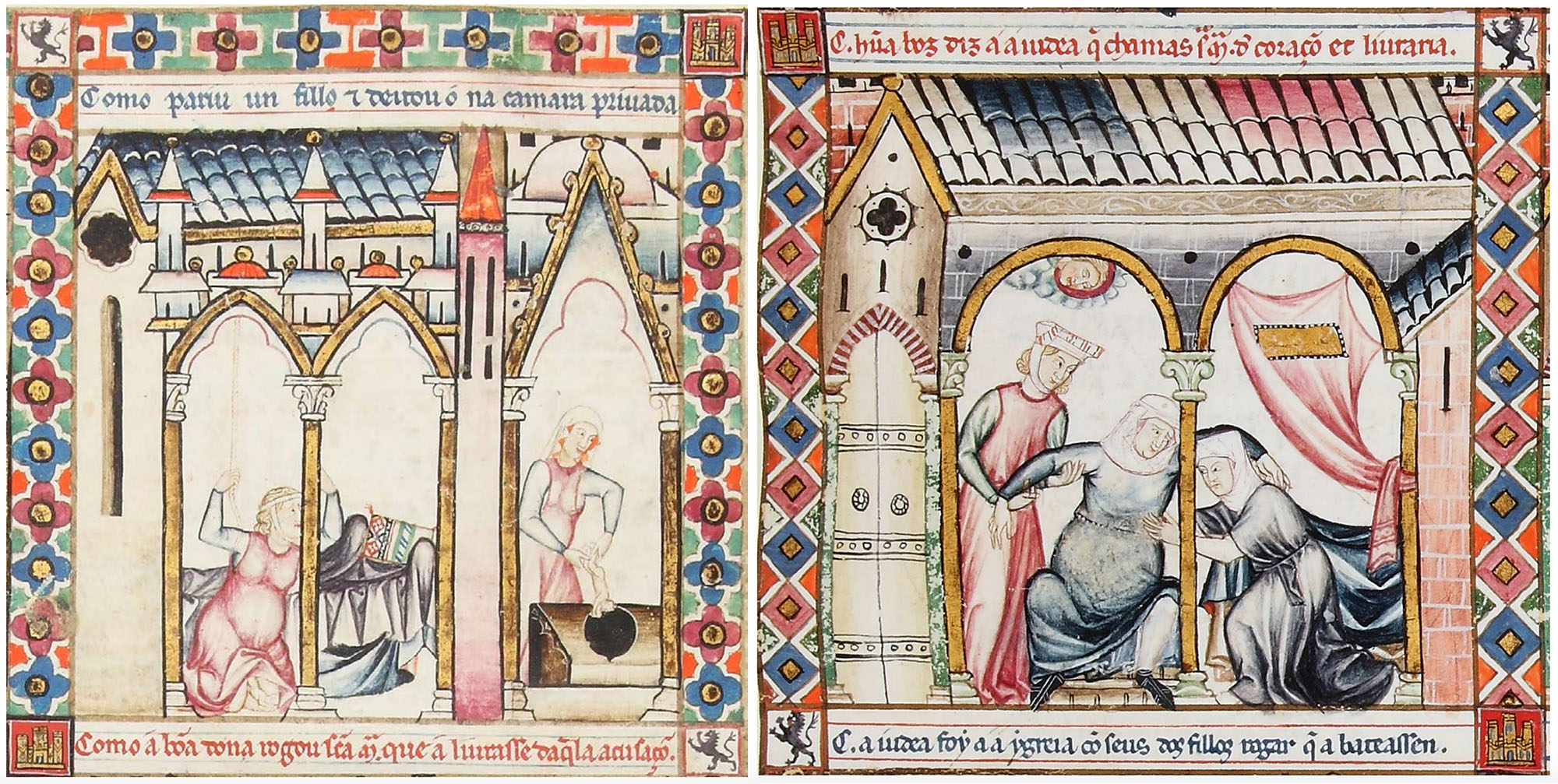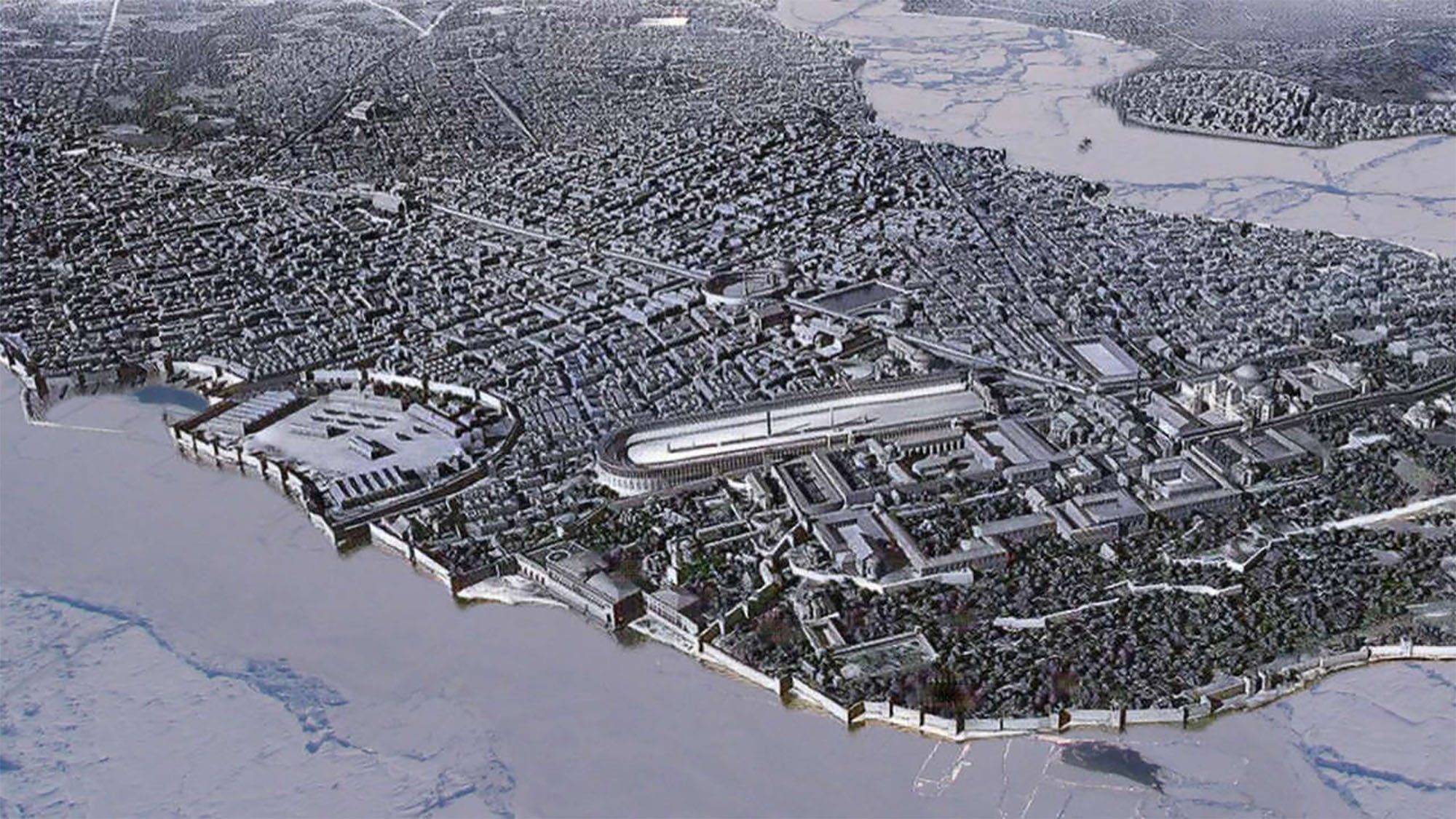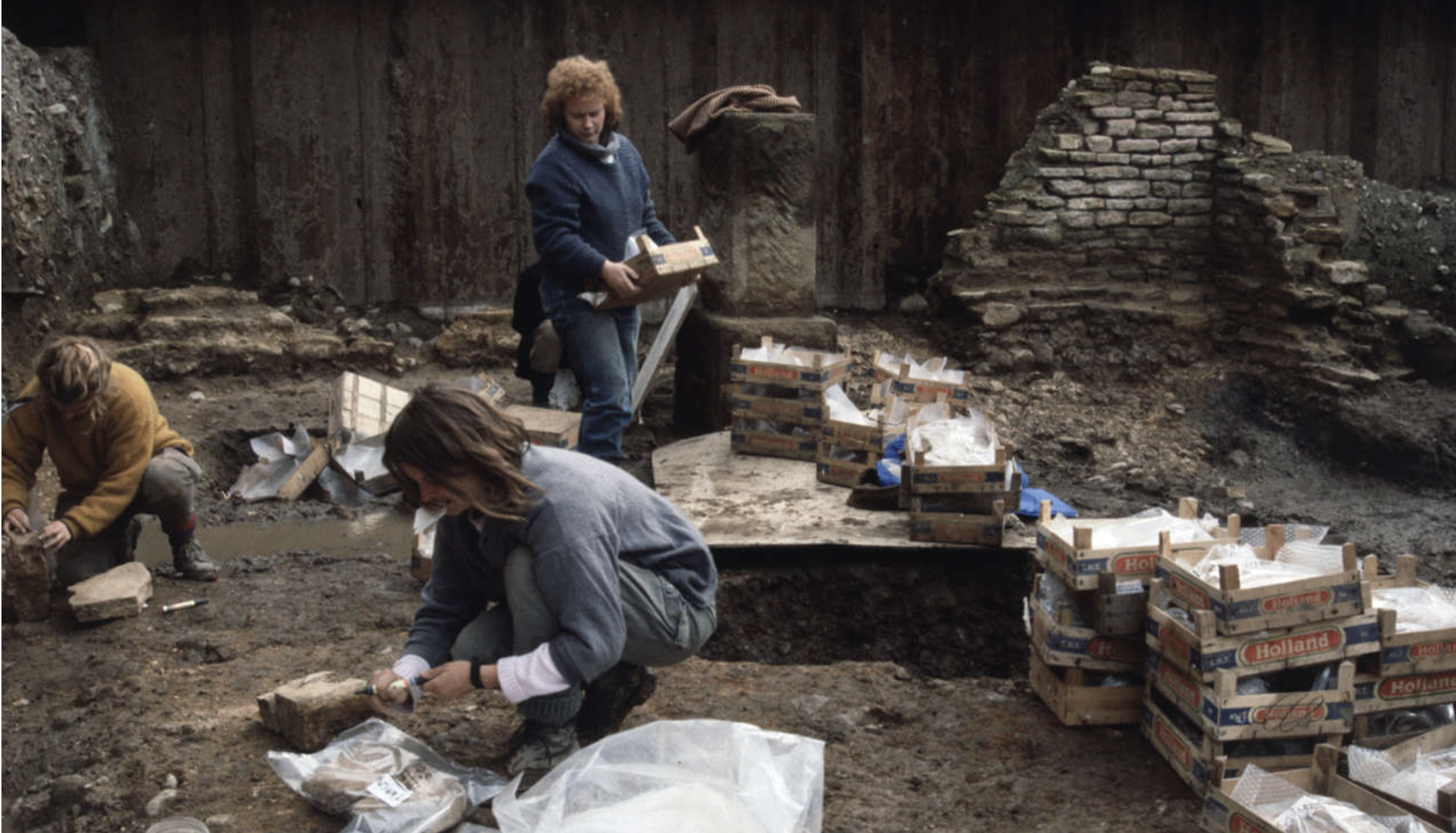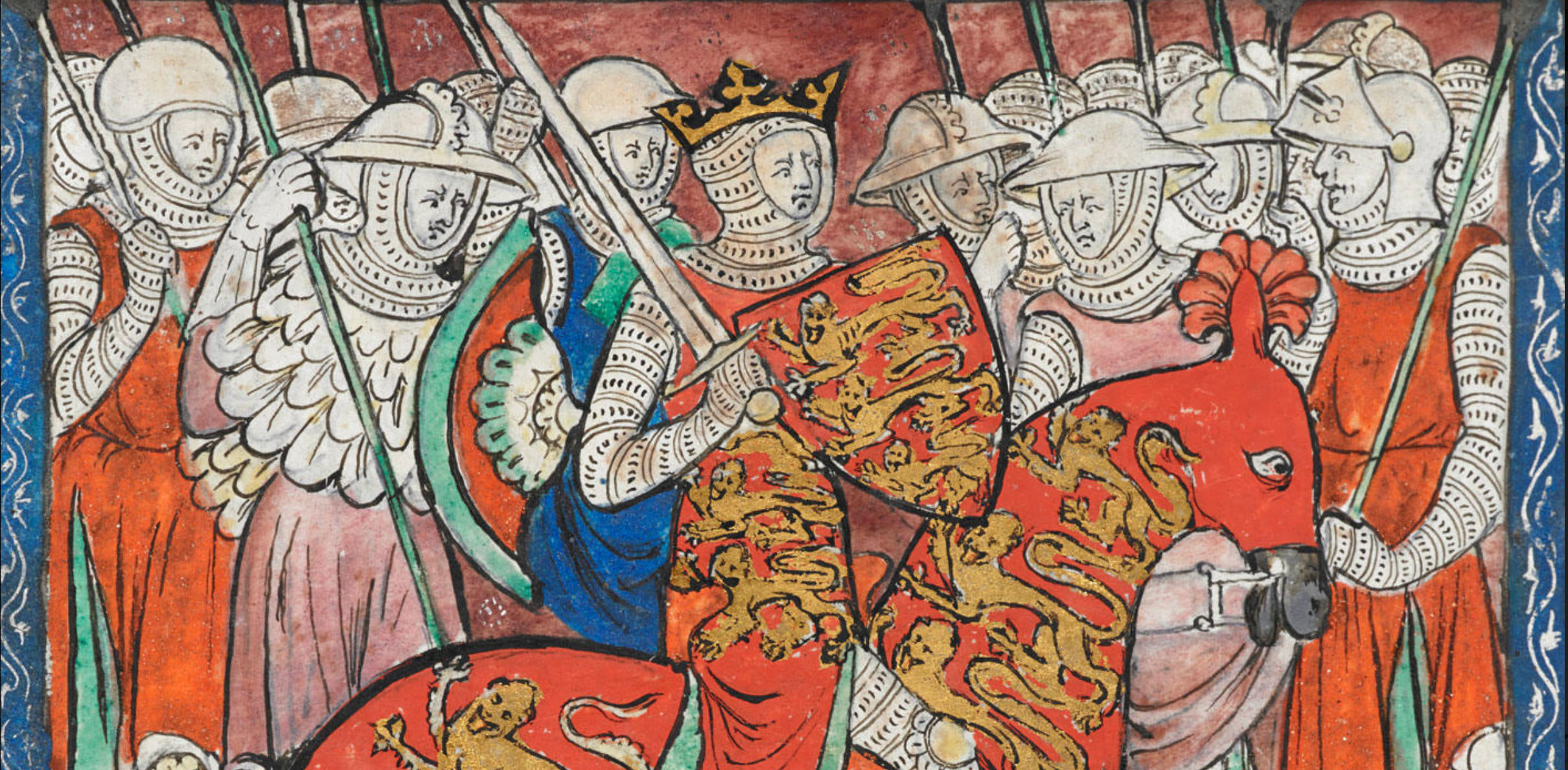The violence summit 6,400 years ago
- In a recent study published in the journal Nature, the bones of 3,500 individuals between 14,000 and 2,400 years old have been analyzed, looking for signs of violence, to analyze how the development of political structures affected violence among humans.
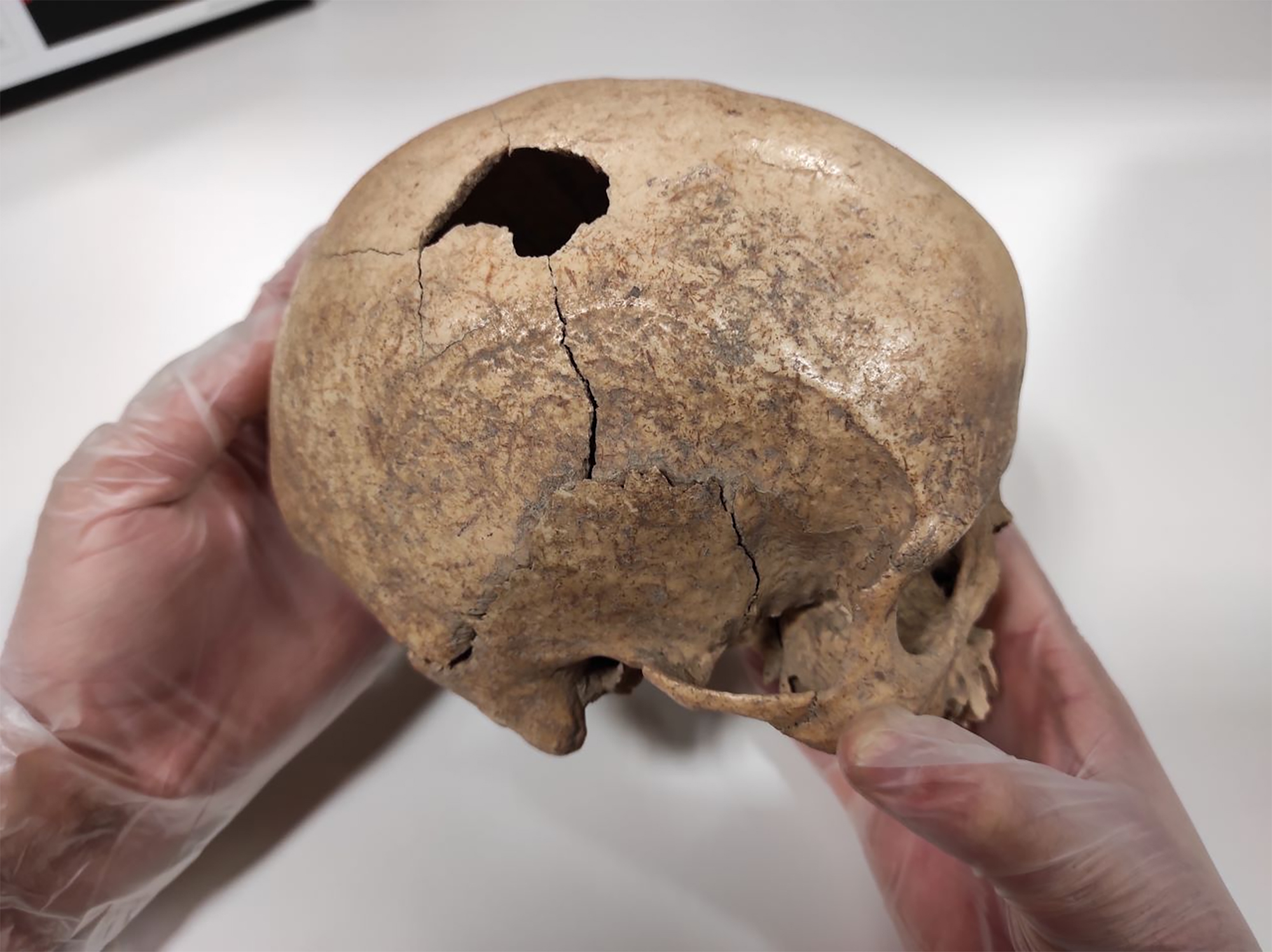
Middle East, 6,400 years ago. A drier than normal climate drove the urbanization process. Much of the population moved from rural areas to the villages of the Copper Age, intensifying conflicts between elites to obtain scarce resources. At that time, the first States were created, which still had no power to manage conflicts among the population, and which also began to proliferate wider conflicts between groups. Thus, at that time the highest number of violent deaths was reached.
This is one of the conclusions of the work that researchers Joerg Bat, Giacomo Benati and Arkadiusz Sołtysia have just published in the journal Nature. The bones of 3,500 individuals between 14,000 and 2,400 years old have been analyzed for signs of violence to analyze how the development of political structures affected human violence.
14,000 years ago, in hunter-gatherer communities, the level of violence was relatively low, probably due to the small population and its dispersion and the ease of avoiding conflicts. In the Neolithic, population density was still low, but as has been seen, the change came 6,400 years ago. Along with the first steps of the state organization, the highest level of violence of the 12,000 years covered by the study was reached.
The states improved the organization, obtained resources through taxes and were able to more easily control social violence, with a better satisfaction of the population. Military control, but also cooperation
But from then on, the next in 1,500 years, the number of violent deaths dropped. The states improved the organization, obtained resources through taxes and were able to more easily control social violence, with a better satisfaction of the population. This involved military control, but also cooperation. Through religious acts, the construction of temples and other actions managed to increase the feeling of belonging and reduce conflicts. The bread and the circus would later be called by the Romans.
Violence grew again 3,500 years ago in the transition to the Iron Age. The drought that lasted for three centuries caused migrations and a shortage of resources, that is, forage for violence. And they also began to create military superpowers, like the Assyrian Empire, which provoked violent military campaigns and mass deportations.
The study shows that human nature has tendencies characteristic of cooperation and violence and that, despite certain elements, they predominate one or the other. In the words of historian Giacomo Benati, “we now know that institutional organization and regulated systems contribute to conflict management and violence reduction, while climate change and urbanization processes can increase violence.” And although the research analyzes the events that occurred thousands of years ago, these two components that drive violence are now booming.
Toledo, 1272-1280. Alfontso X.a Gaztelakoak Ama Birjinari eskainitako 427 kanta monodiko bildu zituen. Santa Mariaren Kantigek Erdi Aroko musika eta literatura bildumarik garrantzitsuenetakoa osatzen dute, baina, kantiga miniaturaz apainduta daudenez, ilustrazio horiek beste... [+]
Teofanes Aitorlea kronikalariak jaso zuenez, 763-764ko negua inoizko hotzenetakoa izan zen Konstantinoplan. Elurrak eta izotza hartu omen zuten bizantziar hiriburua eta Bosforon iceberg bat ere ikusi omen zuten.
Orain arte klima hoztea, besteak beste, jarduera... [+]
York, England, 2nd century. Various structures and houses were built in the Roman city of Eboracum. Among others, they built a stone building in the present Wellington Row and placed an arch in the wall that crossed the Queen’s Hotel. Both deposits were excavated in the second... [+]
It has been considered that the wine drank by the ancient Romans was a poorly made wine, without body and with an unpleasant taste. But the work that researchers at the universities of Ghent and Warsaw have published in Antiquity has provoked the withdrawal of this belief.
The... [+]
Hastings (England), 1066. The army of the Duke of Normandy I of Gil conquered the troops of King Harold II and conquered the throne. Gil's conqueror I was king until 1087.
In this reign after the Norman conquest, the rebellion organized uprising, effective administration and the... [+]











